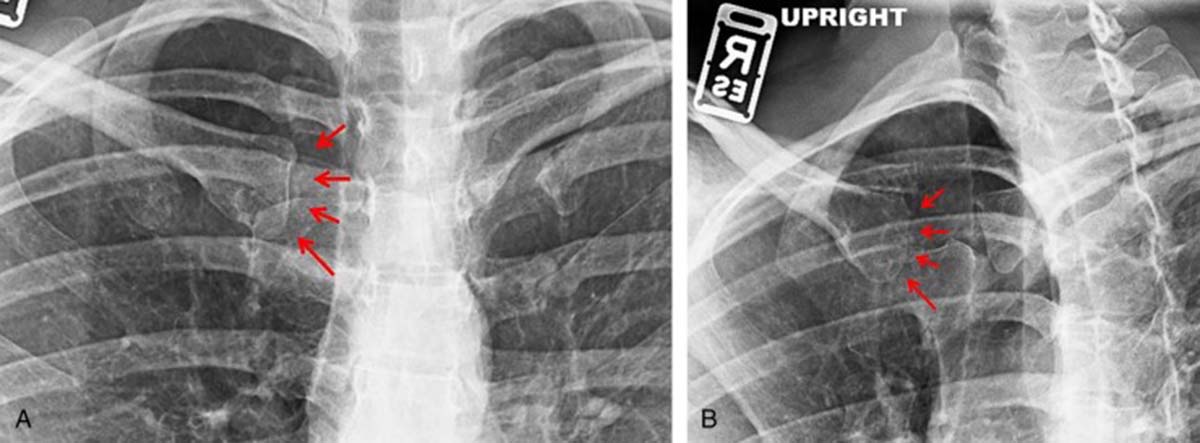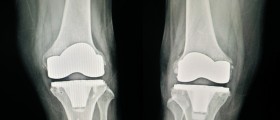
The elbow is one of the most complex joints in the entire body. It consists of two bones, the upper and lower arm bones, connected by the joint that moves in one direction.
Even though it is not protected by a muscle or fat, as most other joints are, the elbow is still one of the most important joints in the entire body, because it allows the arm to move, bend and twist in various directions.
There are many different injuries that can damage the elbow, including things like biceps tendonitis, bursitis, dislocating the elbow, or fracturing it.
Though many of these conditions are treatable through conservative methods, some will require surgery to repair the joint and to relieve the pain that the condition is causing.
It is important to see a doctor after an elbow injury, because only the doctor can decide how serious the injury is and what kind of treatment or surgery will be needed to get the elbow back to normal working order.
When a fracture of the elbow occurs, there will be intense pain, swelling and an inability to move the arm properly. A doctor will x-ray the arm in order to see if it is a fracture, and while some can be treated with immobilizing it and icing the elbow, surgery is required if the injury is more severe.
Also, if the broken elbow is interfering with the muscles, then surgery is definitely needed. With the surgery, the bone fragments are reset in the correct placement and then the bone is fixed into place so that it can repair itself properly.
In the case where a bicep tendon is injured, surgery maybe needed as well, but it again depends on the severity of the problem.
Sometimes the torn fibers can just be shaved away, but other times the complete torn tendon must be reattached, in which case a surgery will be mandatory.
If the damage of the elbow is drastically severe, sometimes an elbow replacement will be needed.
Elbow replacement surgery is needed in cases of extreme fractures, tumors, tissue tears or other serious conditions.
In the procedure, the damaged elbow joint and damaged bones are removed and replaced with a prosthetic device that serves the same purpose and is held together with bone cement and connected with a hinge to allow normal movement.
The procedure is demanding and is, of course, performed under general anesthesia. After the surgery, patients will need physical therapy once the joint is replaced to both restore strength and to learn how to use the prosthetic properly before they can return to their normal everyday activities.

















Your thoughts on this
Loading...